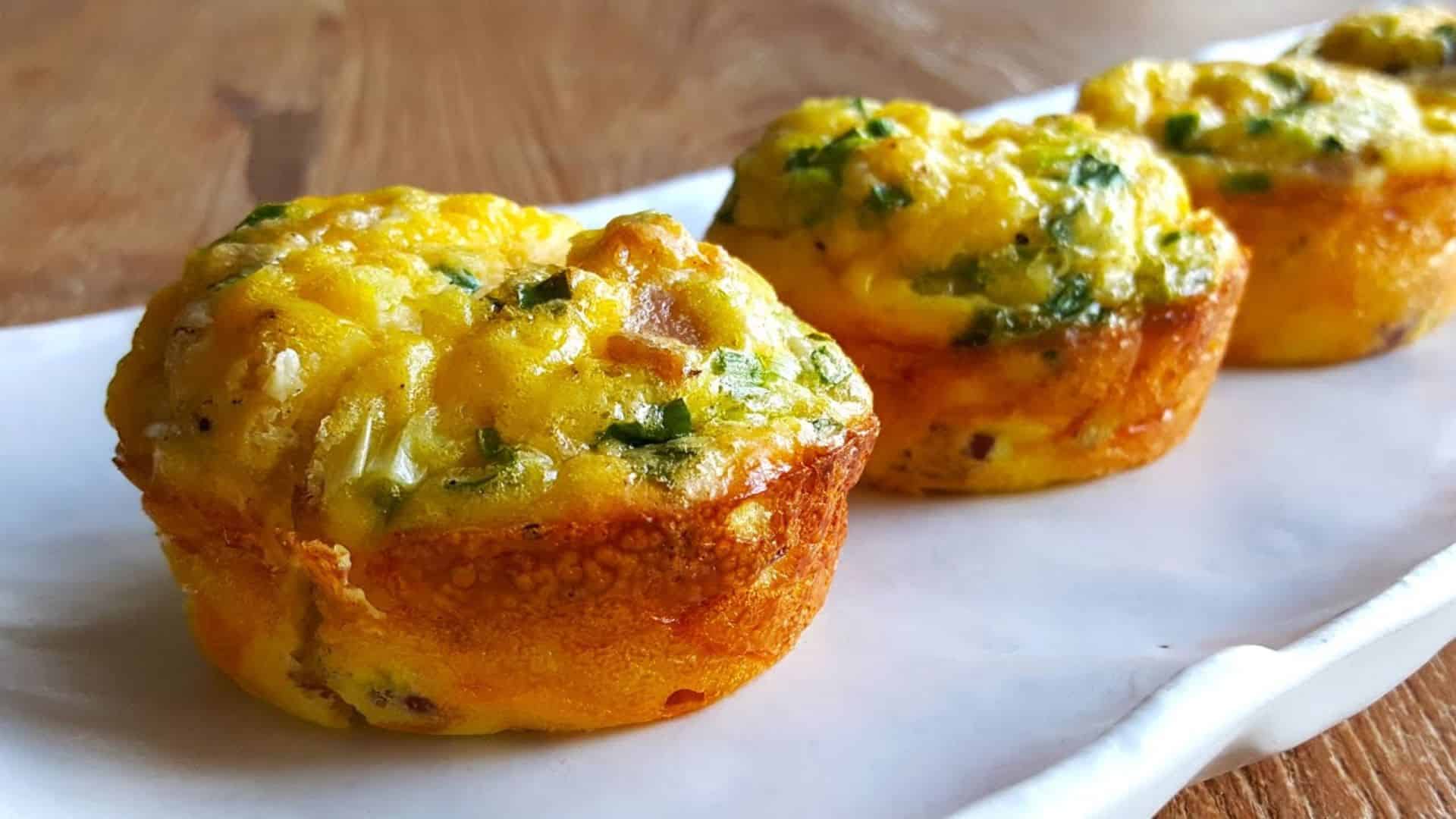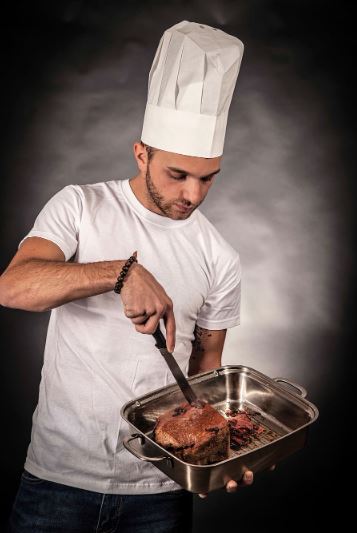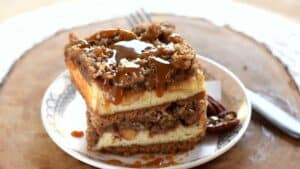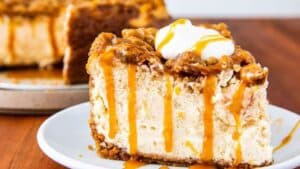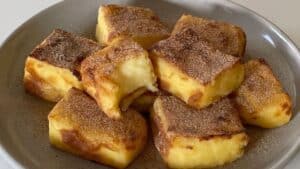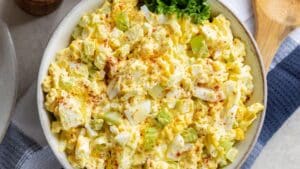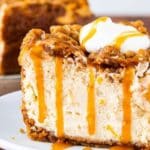There’s something oddly powerful about a breakfast muffins. Not just that it can stand alone as a full meal or tuck quietly into a brunch lineup like it’s always belonged there. But that it sits at the intersection of pastry and practicality, indulgence and efficiency. We’ve all had muffins. But making a truly exceptional breakfast muffin one that professionals nod at without saying much is another thing entirely.
This article digs deep into what makes the breakfast muffin tick. Not just fluff and flour. We’re talkin’ structure, technique, balance, and yes, a little chaos.
Why Muffins Are More Than Morning Cake

Let’s be real. A bad muffin is a cake that gave up on life halfway through baking. But a good muffin? It’s a texture miracle with a soft crumb, slight dome, and that golden brown halo around the crown. It’s got personality.
In commercial kitchens, muffins aren’t just filler. They’re a canvas. Executive pastry chefs at places like Tartine and Bouchon treat them with the same respect as laminated dough.
There’s no “just a muffin” in that kitchen. It’s why Thomas Keller once said his team tested 11 variations of a corn muffin before putting it on a menu. Eleven. For a muffin.
The Base Formulac and When to Break It
At its core, the muffin is a quick bread. No yeast, no proofing, no drama. Just flour, fat, liquid, eggs, and leavener. But here’s where it gets interesting: every bakery worth its salt tweaks this balance subtly.
Add a touch more buttermilk, pull back on baking powder, toss in a rested starter suddenly, it’s not just a muffin anymore. It’s your muffin.
Professional bakers obsess over ratios. For example, the ideal batter hydration sits around 70–75%. Any wetter, and you risk gummy middles. Any drier, and you’ve got cupcake sadness.
Flour to fat ratios also matter. A good rule of thumb? 100% flour, 20–30% fat, depending on richness. And always, always weigh ingredients. Cups are for tourists.
The Muffin Method: Where Most Go Wrong
Ever heard of the muffin method? It’s one of the first things they teach at culinary school. Dry in one bowl. Wet in another. Mix just enough to combine. Bake immediately. Sounds easy, right?
Here’s the catch: 90% of overmixed muffins happen because the baker didn’t understand gluten development. Stir too long and that gluten wakes up angry.
Your tender crumb becomes rubbery mess. Real pros use a fork, not a whisk. It’s gentler. The batter should be lumpy. Uneven. Ugly, even. Like it’s about to become beautiful.
There’s also resting. Some of the best bakeries let their batter rest for 30 minutes before baking. It hydrates the flour and gives you a higher dome. Science backs it.
A 2020 study in the Journal of Culinary Science & Technology showed muffins with rested batters had a 12% higher rise and more even crumb. Rest, people. Even muffins need naps.
On Texture: Crumb, Crust, and Contrast
Texture is everything. You want a muffin to yield just slightly when bitten, not collapse. That requires control over fat type and mixing.
Butter gives flavor. Oil gives moisture. Shortening gives structure. Many pro kitchens blend these fats to get the best of all worlds. A common mix is 60% butter to 40% neutral oil like grapeseed.
Buttermilk, sour cream, or yogurt also impact texture they add acid, which reacts with baking soda and tenderizes proteins.
And then there’s crust. The muffin top is sacred. It’s the crown jewel. To get that caramelized, crackly finish, pros often sprinkle sugar on top.
Turbinado is king. Not too fine, not too chunky. And for deeper flavor? Try brushing the tops with a little melted butter halfway through baking. It’s criminal how well it works.
Flavors That Aren’t Boring (and Work in High Volume)
Sure, blueberry is the default. But don’t stop there. Great muffin programs lean hard into seasonal ingredients. Think roasted fig & thyme in the fall. Meyer lemon & poppyseed in early spring. Or blood orange with white chocolate and black sesame.
If it feels like a dessert plated at a fine dining restaurant, it probably belongs in a muffin too.
And don’t sleep on savory. Pros are pushing into the umami zone with stuff like parmesan–herb polenta muffins or pancetta–cheddar–chive combos.
A 2023 survey from the American Culinary Federation found 38% of chefs named savory breakfast muffins as one of the “fastest-growing bakery trends.”
But here’s the secret to flavoring at scale: concentrates and reductions. Roasting berries before adding them to batter prevents excess moisture.
Reducing apple cider to a syrup preserves punchy apple flavor. Zesting citrus directly into sugar helps volatile oils distribute evenly. These are tricks they don’t put on the label.
Batch Scaling and Shelf-Life Considerations

If you’re baking for service whether that’s a café line or a hotel buffet scaling becomes a real puzzle. You want a consistent bake, minimal waste, and a shelf-life that doesn’t embarrass you by 11am.
First tip? Don’t double a recipe. Scale by weight, not volume, and use baker’s percentages. What works at 12 muffins won’t work at 120 unless you rebalance leaveners. Baking powder doesn’t scale linearly; the same goes for eggs.
Shelf-life is its own beast. Oil-based muffins hold moisture longer, but butter-based ones have better flavor upfront. Want both? Bake same-day, but hold batter overnight.
Many pros par-bake large batches at 75% doneness, chill, then finish baking to order. That 2-day-old muffin? It’s been baked twice. You just didn’t notice.
Packaging also matters. If you’re doing takeaway, a muffin wrapped too tight will steam itself into sogginess. Ventilation is your friend. Use breathable paper or wax bags. Keep that crust alive.
Misconceptions That Just Won’t Die
Let’s clear a few things up.
- “Healthy” muffins aren’t always healthy. Swapping in bran or whole wheat doesn’t erase sugar. A Starbucks blueberry muffin still packs 29g of sugar. That’s more than a Snickers.
- “Gluten-free” doesn’t mean flavor-free. Done right, GF muffins can outperform wheat ones in tenderness. Rice flour blends with xanthan gum and almond meal bring killer results. Tartine’s rice-bran muffin? Unreal.
- You can’t fake freshness. Microwave-warmed muffins taste reheated. Because they are. Reheat in an oven at 325°F for 8–10 minutes instead. Or better yet: small-batch bake throughout the morning.
Emerging Trends in the Muffin World
Breakfast muffins are riding a second wave. No longer just a sleepy grab-and-go, they’re showing up on Michelin-starred breakfast menus, food trucks, even fine dining pastry carts.
There’s a real move toward globally inspired profiles. Think: matcha–red bean muffins in Tokyo cafés. Moroccan spice & date muffins at Brooklyn brunch spots. South Indian upma-inspired savory muffins with curry leaves and mustard seeds chef Asha Gomez is doing this in Atlanta and it’s a game-changer.
Plant-based versions are getting slicker too. Flax eggs, aquafaba, and coconut yogurt aren’t novelty anymore they’re tools in serious kitchens. A 2024 Mintel report showed that plant-based bakery product sales grew 13% year over year, with muffins driving much of that growth.
One surprising trend? Muffin flights. Smaller, tasting-size muffins served in trios. A nod to the wine world. Works well at upscale brunches and tasting menus. Who knew?
Final Thoughts: How to Level-Up Your Muffin Game
If there’s one thing to take away from all this it’s that muffins seem simple, but they’re anything but. The best ones come from restraint, precision, and a bit of rule-breaking.
Here’s your cheat sheet:
- Use weight, not volume.
- Don’t overmix. Ever.
- Let batter rest.
- Balance moisture with texture.
- Use flavor like a chef, not a baker.
- Test everything in small batch first.
- Don’t chase perfection. Aim for character.
There’s elegance in a muffin that’s just a little too tall. A blueberry that bleeds. A crown that crackles. Muffins aren’t about precision they’re about intention. And a damn good breakfast muffin? That’s a quiet kind of mastery.
And if you’re still using the same recipe from 2012? Time to mess it up and make it better.
Need a starting point or want me to help test yours? Just say the word.
